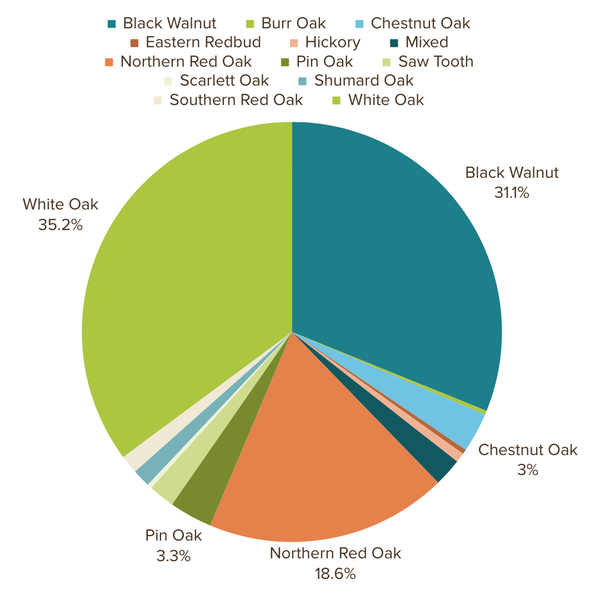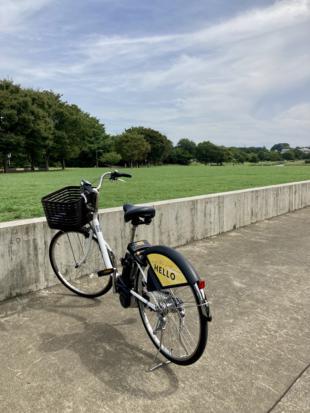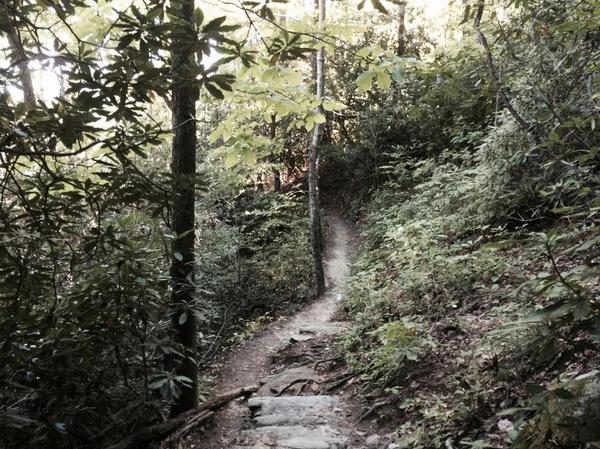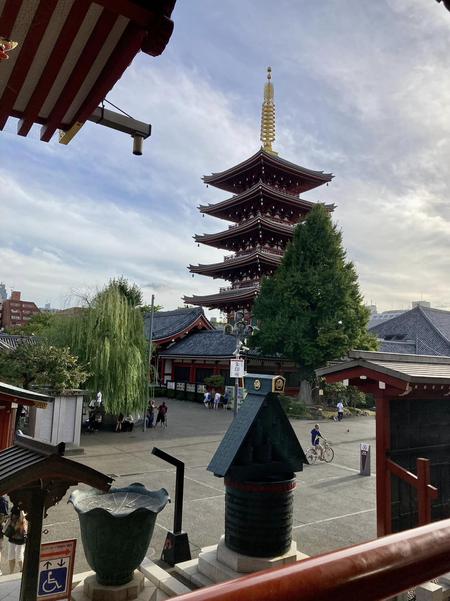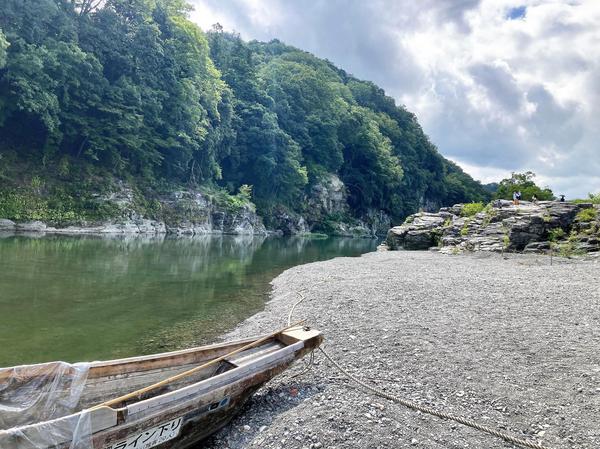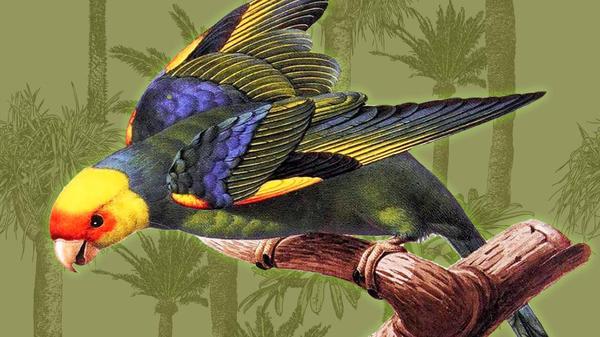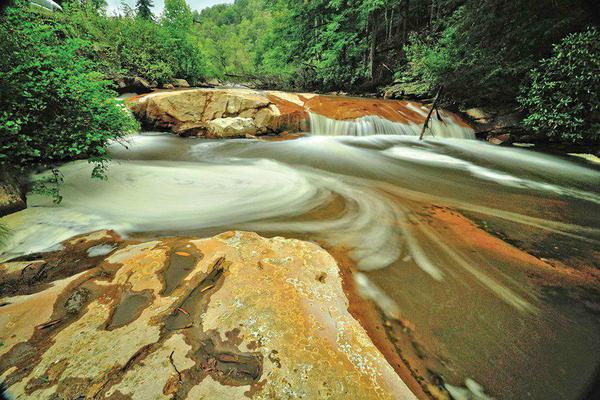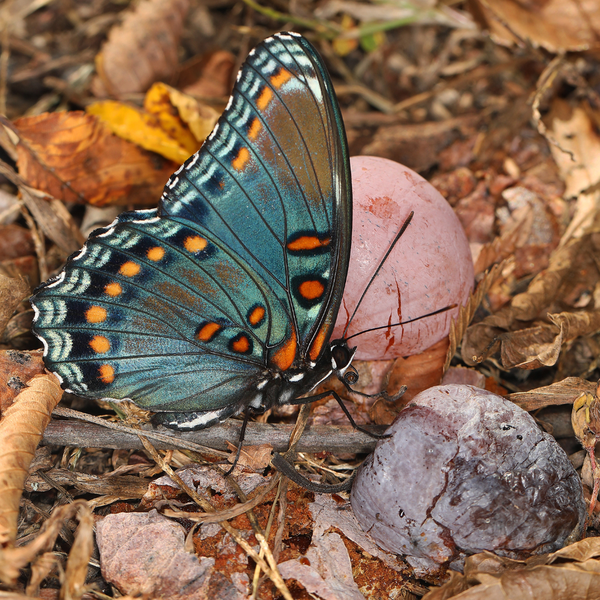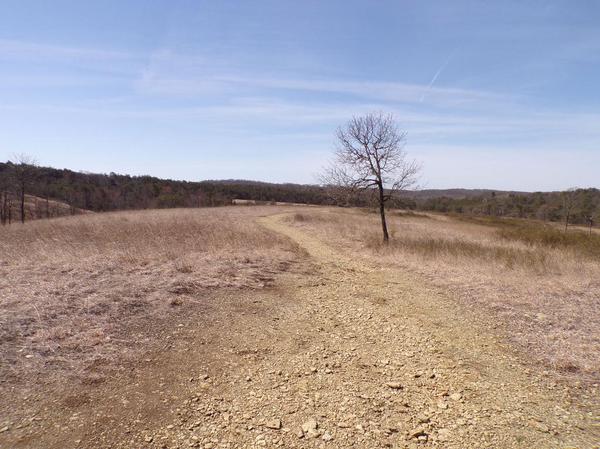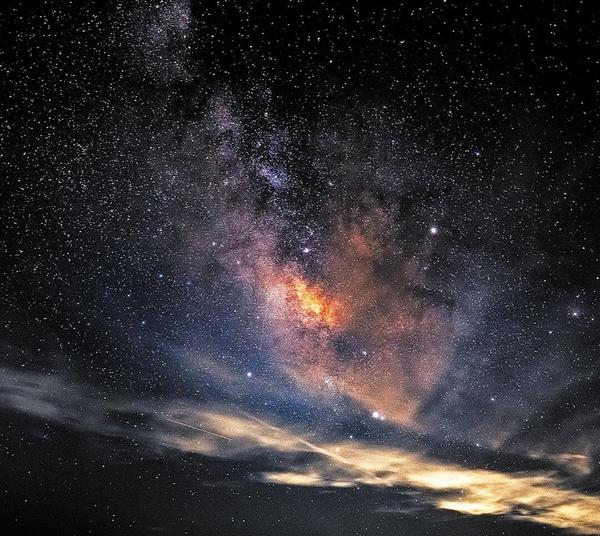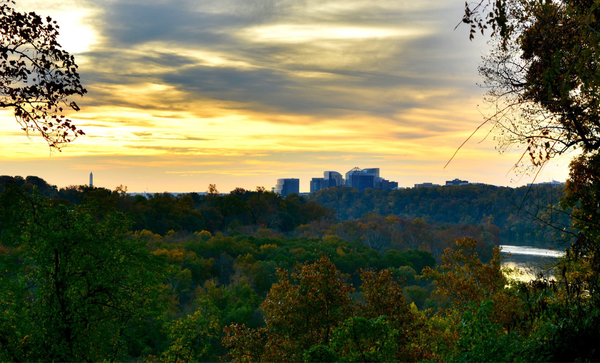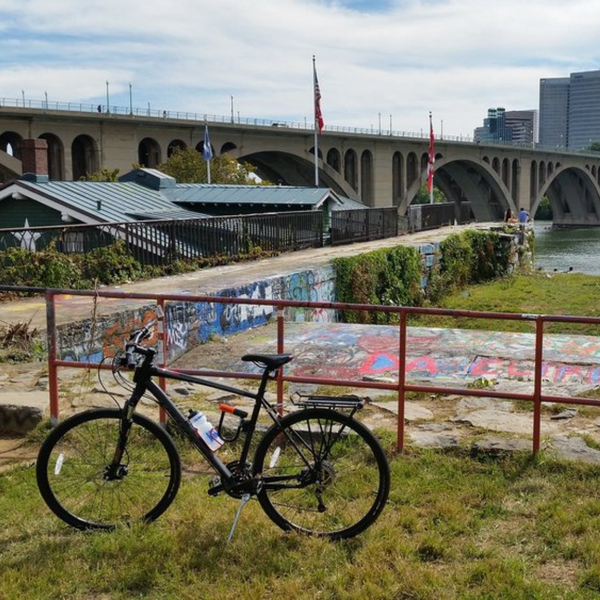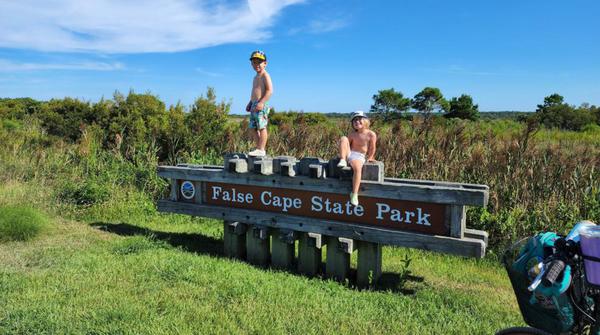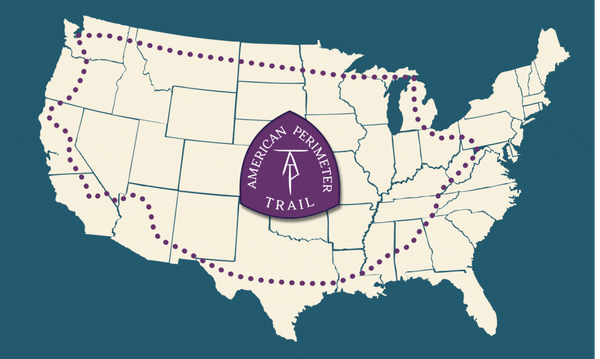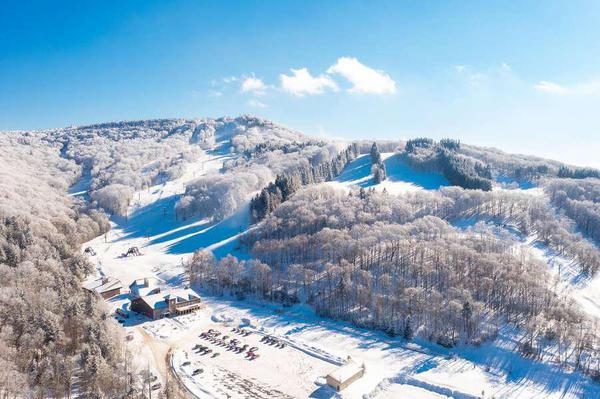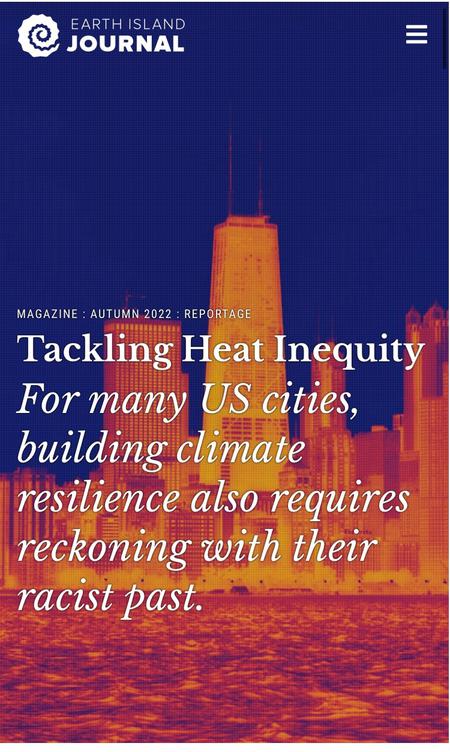2023 was a “nutty” year for the Potomac River - Here’s why —
From late September through October, volunteers collected more than 3,311 pounds of acorns and seeds from locally evolved trees — more than five times the amount collected in the 2022 season!
Acorns and tree seeds from White Oaks, Northern Red Oaks, and Black Walnuts topped the list of donations, while 27 varieties of tree seeds were donated in total. More than 200 volunteers contributed to the regional effort, delivering acorns to eleven collection sites scattered throughout Maryland, Virginia
